As one delves into the annals of time, tracing the origins and evolution of this charming community, a captivating saga unfolds.
Billerica’s narrative is interwoven with tales of resilience, innovation, and community spirit, from its humble beginnings as a colonial settlement to its vibrant present-day existence.
Dating back to the early 17th century, Billerica’s history mirrors the broader narrative of American colonization, with its land initially inhabited by the indigenous Pennacook tribe.
With the arrival of English settlers in the mid-1600s, the landscape transformed, giving rise to agricultural pursuits and burgeoning settlements.
Over the centuries, Billerica evolved from a rural outpost into a bustling hub shaped by waves of immigration, industrialization, and social change. Join us to uncover the captivating history of Billerica, Massachusetts.
A Brief History of Billerica, Massachusetts
Billerica, Massachusetts, nestled amidst rolling hills and crisscrossed by the winding Concord River, boasts a rich tapestry woven from centuries of Indigenous presence, colonial struggles, industrial booms, and modern transformations.
Its journey, over 375 years, reflects the broader narrative of American history, marked by innovation, resilience, and a constant search for identity.
Early Inhabitants and Colonial Encounters
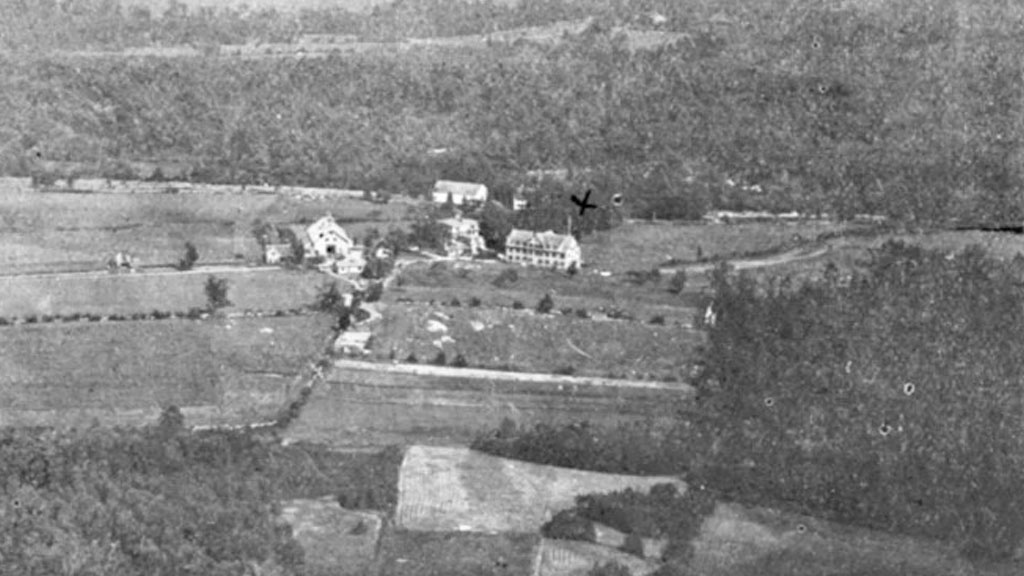
Before European settlers arrived, the land teemed with the Algonquian-speaking Pennacook tribe. They thrived for millennia, living in harmony with the natural landscape and its abundant resources.
Their presence is still etched in place names like Pawtucket Falls and Shawsheen River, whispers of a past deeply ingrained in the land.
English colonists first set foot in Billerica in 1632, led by Captain Simon Willard. They purchased the land from the Pennacook through a controversial transaction and established the town under Shawshin.
Conflict and Agricultural progress
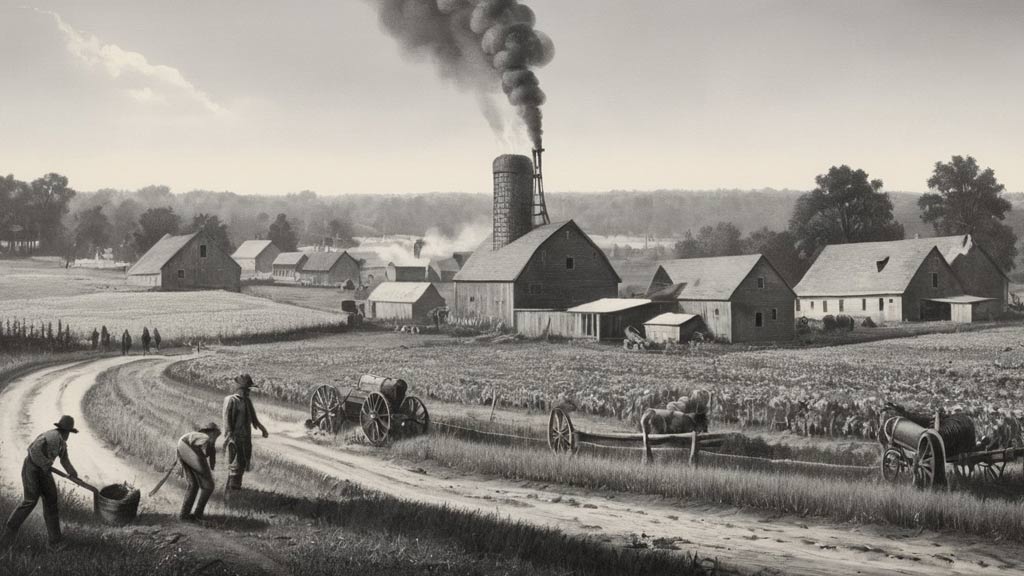
However, the early years were marked by conflict. Tensions rose with the Pennacook, culminating in King Philip’s War (1675-1676). Though Billerica remained largely unscathed, its residents felt the repercussions of regional violence.
Despite the hardships, Billerica gradually transitioned from a frontier outpost to a thriving agricultural community. By the mid-18th century, its fertile lands nourished crops and livestock, fostering a growing sense of stability and prosperity.
This period also saw the emergence of religious institutions, with the First Congregational Church as a cornerstone of faith and community life.
The Seeds of Industry and Revolution
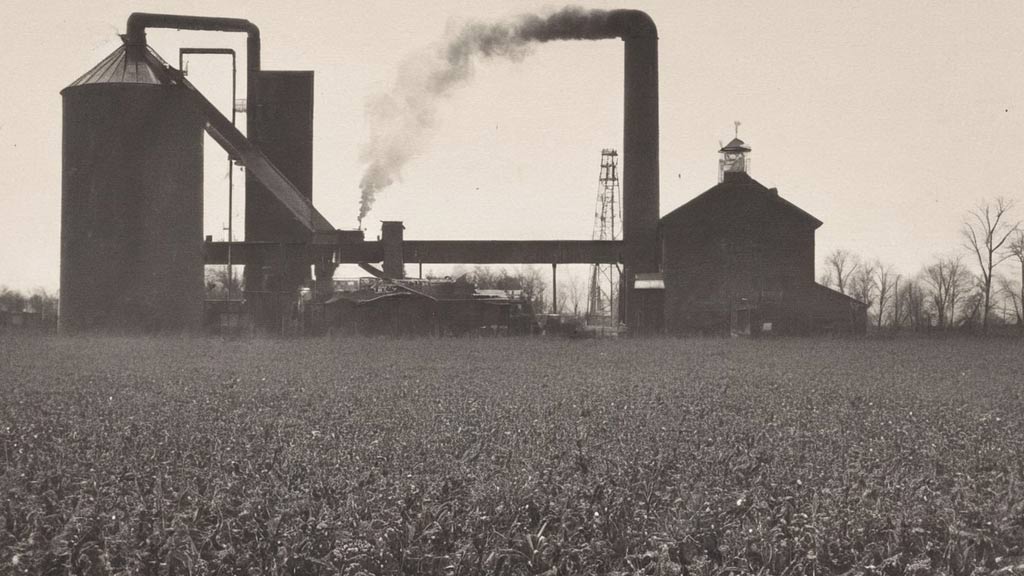
With the Industrial Revolution, Billerica’s trajectory shifted dramatically in the late 18th century. Waterpower from the Concord River provided the lifeblood for mills, churning textiles, paper, and other goods.
The Pawtucket Manufacturing Company, established in 1822, became a prominent force, attracting workers and transforming the town’s character.
The industrial boom didn’t come without its challenges. Labor unrest simmered as workers fought for better wages and working conditions.
Additionally, the Civil War divided the community, with residents passionately debating abolition and sending off sons to fight on both sides of the conflict.
20th Century’s Technological Evolution and Suburban Growth

The 20th century ushered in a new era for Billerica. With the decline of traditional industries, the town embraced the burgeoning fields of technology and science.
The advent of Route 3 brought major corporations like Raytheon and Honeywell, solidifying Billerica’s position as a hub for innovation. Suburban sprawl also shaped the landscape.
Once rural roads lined with farms gave way to sprawling neighborhoods, transforming the town’s demographics and culture. Billerica became a melting pot, welcoming families from diverse backgrounds and enriching its social fabric.
Modern Billerica and A Legacy of Transformation
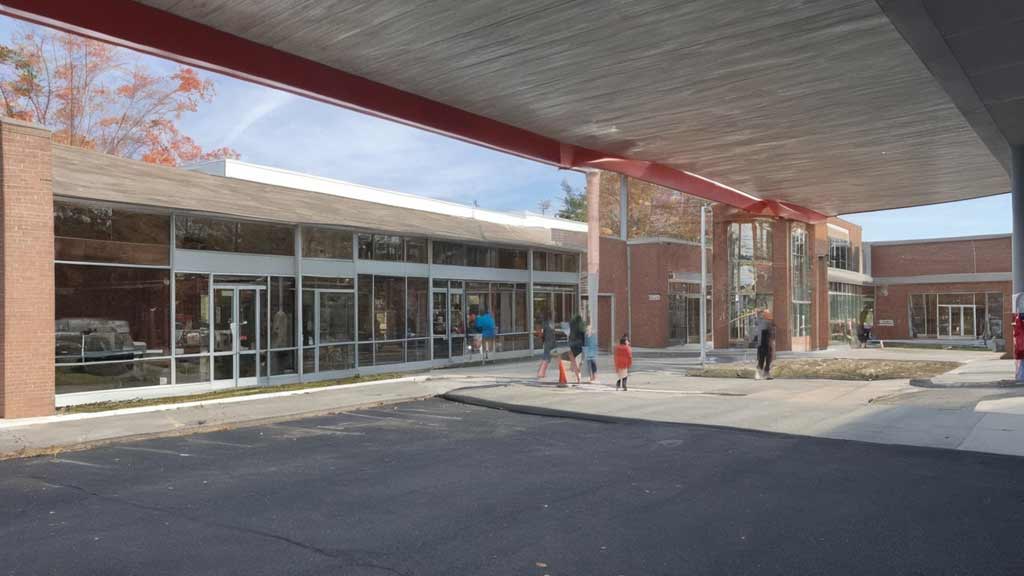
Today, Billerica stands as a testament to its dynamic past. The bustling tech industry coexists with historical landmarks like the Talbot Mills Complex, preserved as a reminder of the industrial era.
Educational institutions like UMass Lowell’s Merrimack campus thrive alongside vibrant arts and cultural scenes.
However, challenges remain. Ongoing concerns are balancing economic growth with environmental sustainability and preserving the town’s unique character.
Yet, Billerica’s history resonates in its present, reminding residents of their collective capacity for innovation and resilience.
How Did Billerica Get Its Name?
The name “Billerica” resonates deeply with the identity of the Massachusetts town, carrying whispers of its colonial past and connection to England.
However, pinpointing its exact origin is not a straightforward endeavor. Two dominant explanations emerge, each woven with threads of historical possibility and local lore.
A Connection Across the Atlantic, Billericay, Essex, England
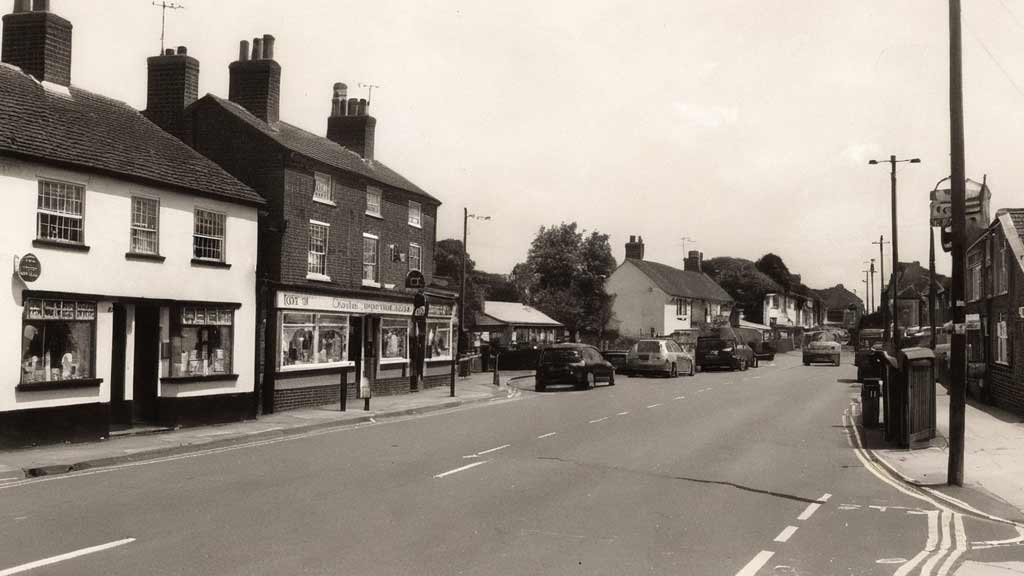
The most popular explanation draws a direct line to the town of Billericay in Essex, England. Records reveal that many early settlers in Billerica, Massachusetts, hailed from Billericay.
Some families even bore the same surnames as those in the English town, suggesting close familial ties.
Historians believe that these settlers, yearning for familiarity and connection to their homeland, adopted the name “Billerica” for their new settlement.
This act served as a symbolic bridge across the Atlantic, carrying a piece of their past into the unknown future of the New World.
Ambiguous Origins of Billericay’s Name
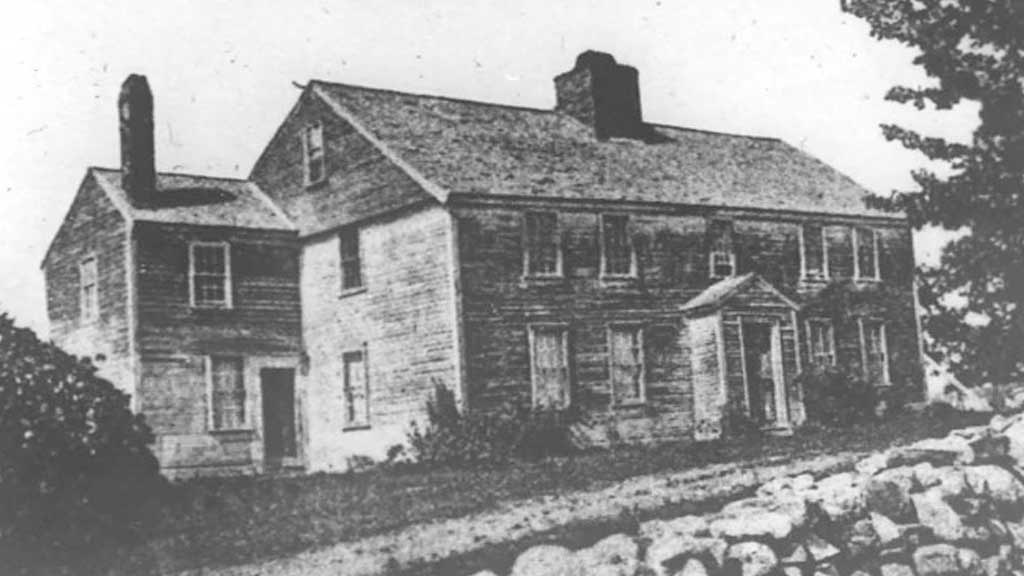
However, the origins of Billericay’s name itself remain ambiguous. Some theories suggest it derives from the Celtic word “bilere,” meaning “clearing” or “grove,” reflecting the town’s location amidst forest land.
Others propose a Roman influence, citing a possible derivation from the Latin “bellocastrum,” meaning “fair castle.”
Regardless of the exact origins in England, the connection between Billerica and Billericay seems undeniable. It paints a picture of these first settlers, carrying memories and traditions in their hearts, seeking to recreate a sense of home in their new surroundings.
An Alternative Explanation of the “Bilrico” Theory
While the Billericay connection holds sway, an alternative theory emerges, rooted in local legend and speculation. This narrative centers around William “Bill” Richardson, one of the earliest settlers in the area.
According to some accounts, he was also the town’s first miller, operating a mill crucial to the community’s survival. The theory proposes that “Billerica” originated as an abbreviation of “Bill Ricker,” a nickname for William Richardson.
His vital role in the community and the mill’s importance could have led to the nickname gaining prominence and eventually transforming into the town’s name.
The Elusive Nature of the Theory
However, evidence supporting this theory remains elusive. Historical records lack explicit references to “Bill Ricker” or his mill being central enough to warrant such a significant naming influence.
While intriguing, the “Bilrico” theory primarily exists as a local legend, adding another layer of intrigue to the mystery.
Beyond the Binary
Unraveling the true origin of Billerica’s name might not lead to a singular, definitive answer. History often blends facts with folklore, making separating definitive proof from embellished narratives challenging.
Both the Billericay and “Bilrico” theories hold merit, offering different perspectives on the settlers’ motivations and the evolving identity of the town.
Perhaps the answer lies not in choosing one explanation over the other but acknowledging the intertwining narratives. The connection to Billericay represents the settlers’ desire for familiarity and honoring their heritage.
Untangling the Threads of Truth
If rooted in reality, the “Bilrico” theory reflects the importance of individuals and their contributions in shaping a community’s identity.
Ultimately, the search for the name’s origin becomes a journey into Billerica’s past, unearthing the hopes, aspirations, and challenges its earliest inhabitants face.
It serves as a reminder that the town’s name is not just a label but a symbol of its dynamic heritage and the diverse influences that shaped its character.
Delving Into Historical Records for Further Exploration
Examining town documents, settler genealogies, and contemporary accounts might offer further clues about the naming process.
Engaging with local historians and residents to offer their insights and oral traditions can shed light on local interpretations and potentially uncover new information.
FAQs
When was Billerica, Massachusetts, founded?
Billerica, Massachusetts, founded in 1655, holds a significant place in the state’s history, boasting a rich tapestry of agricultural heritage intertwined with industrial advancements during the 19th century.
Furthermore, its pivotal role in the American Revolution adds layers of historical importance.
What is Billerica known for historically?
Historically, Billerica is known for its agricultural roots, industrial development during the 19th century, and role in the American Revolution.
What landmarks or historical sites can visitors explore in Billerica?
Visitors can explore historical sites such as the Howe School Museum, the Manning Manse, and the Talbot Mills Historic District.
How has Billerica evolved?
Billerica has evolved from a rural agricultural community into a diverse suburban town with a mix of residential, commercial, and industrial areas.
What events shaped Billerica’s history?
Events such as the American Revolution, the rise of textile manufacturing in the 19th century, and the suburbanization following World War II have significantly shaped America’s history.
Conclusion
The history of Billerica, Massachusetts, stands as a testament to the resilience and adaptability of its people in the face of change.
From its earliest days as a colonial settlement to its present-day identity as a thriving community, Billerica’s story is one of evolution and growth.
Through agricultural expansion, industrialization, and social transformation, its residents have navigated challenges with ingenuity and grit, leaving an indelible mark on the town’s landscape.
As we reflect on Billerica’s journey through time, we gain a deeper appreciation for its past, present, and future interconnectedness.
It is a reminder that history is not just a collection of events but a living narrative that shapes the identity and character of a place.
With each chapter written, Billerica continues to embrace its heritage while embracing tomorrow’s opportunities, ensuring its legacy endures for future generations.
Jaclyn Lowe